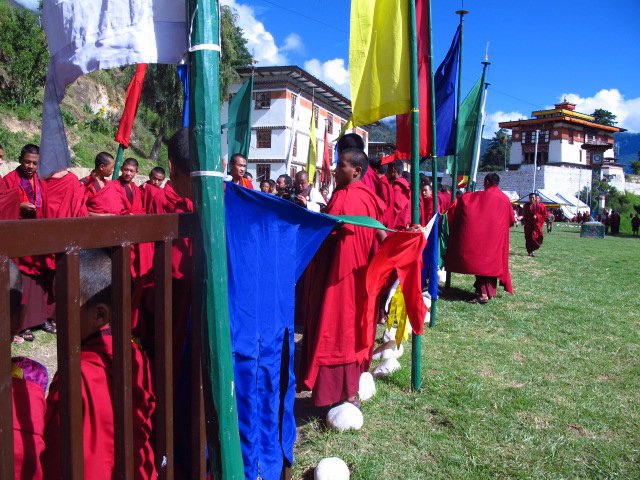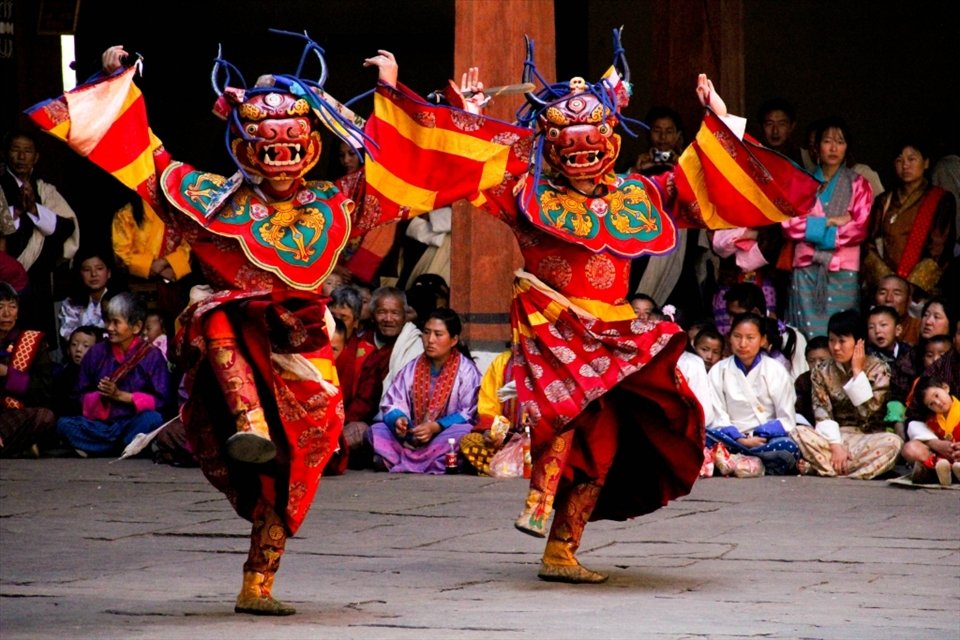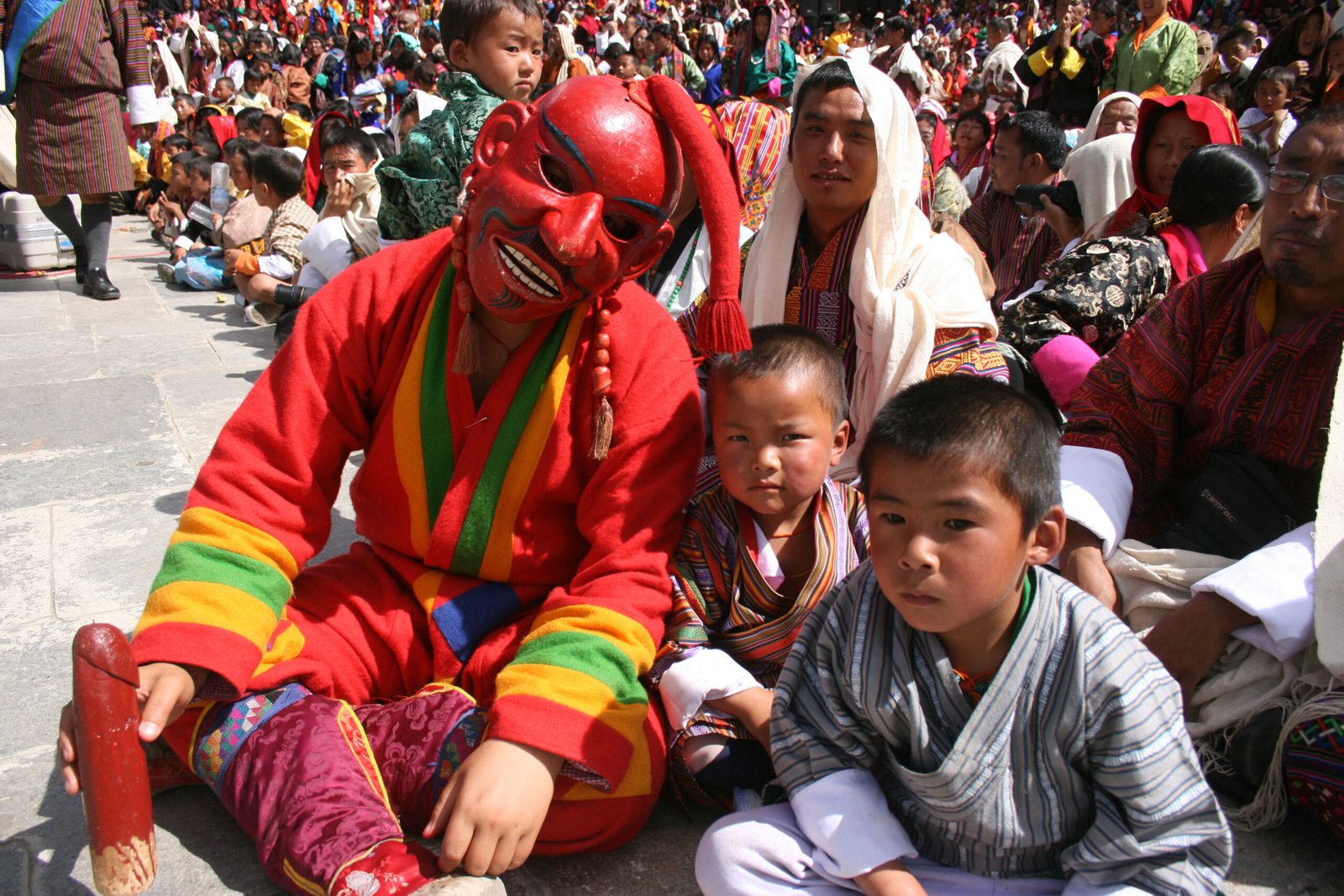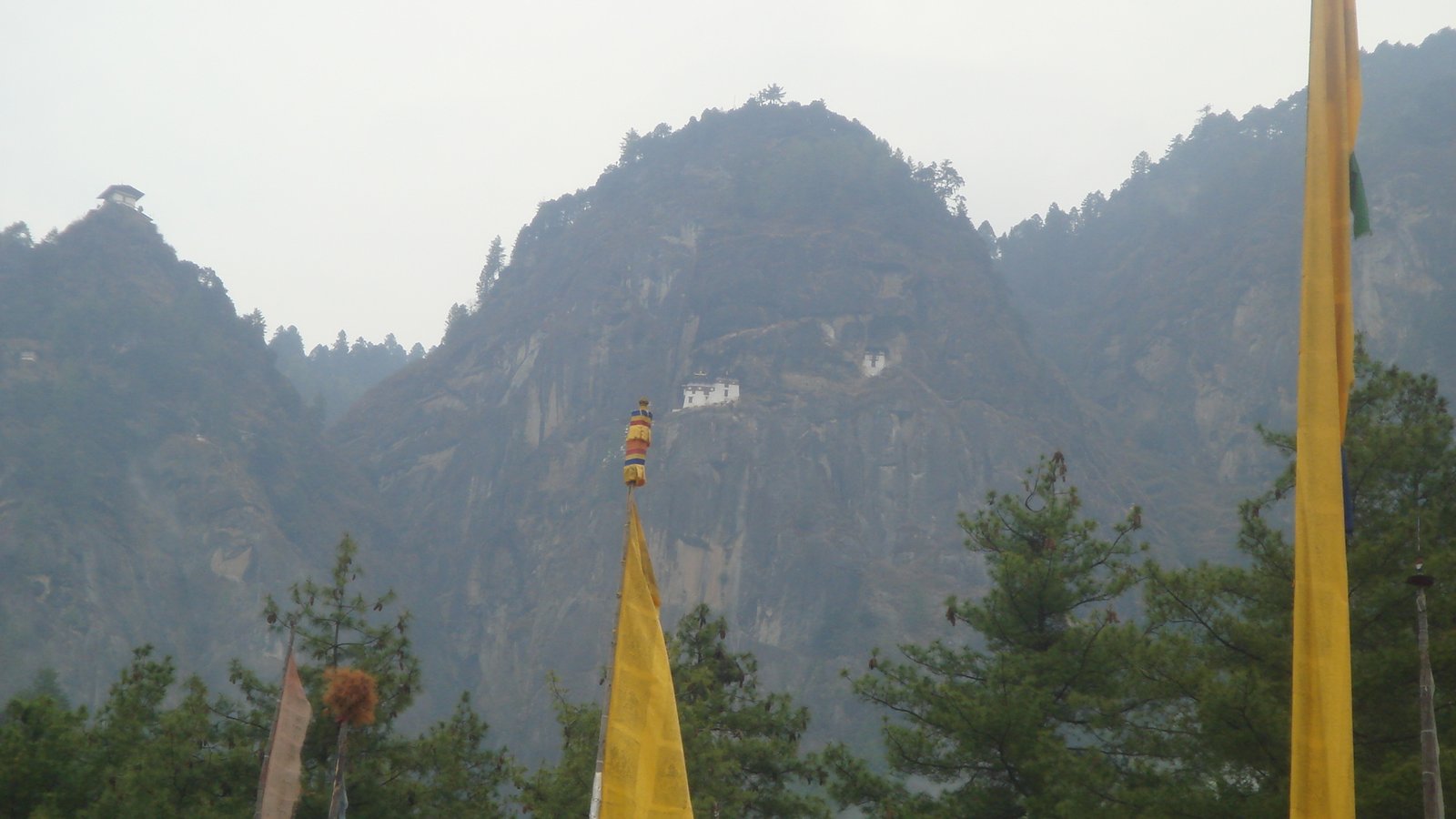
12 events found.
-
-

-

Tsatse Zongling Goenpa
Tsatse ZonglingGoenpa, Nanong PemaGatshel, Bhutan -

Thartonglung Tshechu
Thartonglungchu Thaytsho Gewog Wangduephodrang, Bhutan -
-

Festival of Mahakali
Trongsa Dzong Trongsa, Bhutan -

Trashiyangtse Annual Tshechu
Trashiyangtse Dzong Trashiyangtse, Bhutan -

Buli Mani
Buli Gonpa-Yoesel Lhendrup CholingBumthang Bumthang, Bhutan -
-

Tsirang Tshechu
Tsirang Namgaycholing Dratshang Tsirang, Bhutan -

Takila Tshechu
Takila Guru Lhakhang, Meambi Lhuentse, Bhutan -

Tala Chodpa
Chumey Bumthang, Bhutan -

NyinzergangDromchoe
Nyinzergang Wangduephodrang, Bhutan -
-

Yonphula Tshechu
Ugyen Dongag Chokhorling Lhakhang, Ypnphula Trashigang, Bhutan -
-

Dolay Drupchen
Taktshang Pelphu Paro, Bhutan
